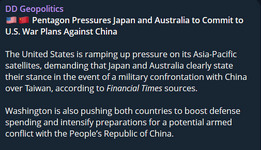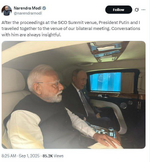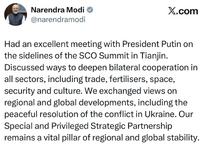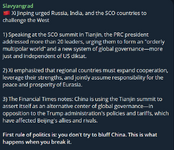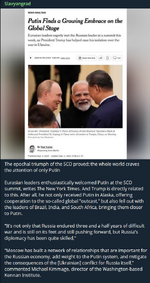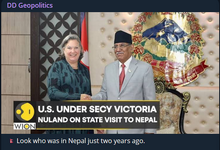forabettertomorrow
Orthodox
More Putin in Mongolia
My friend I respond to you here.
There is big problem with China and power of Siberia 2, Chinese are make problems, they don't want to sign deal, they make extra conditions and requirements, want extra discounts from russia.
This is the reason putin is now in Mongolia. Power of Siberia 2 goes through Mongolia. He will meet with representative of Chinese party in Mongolia to get this project back on track.
Chinese are very stubborn.

